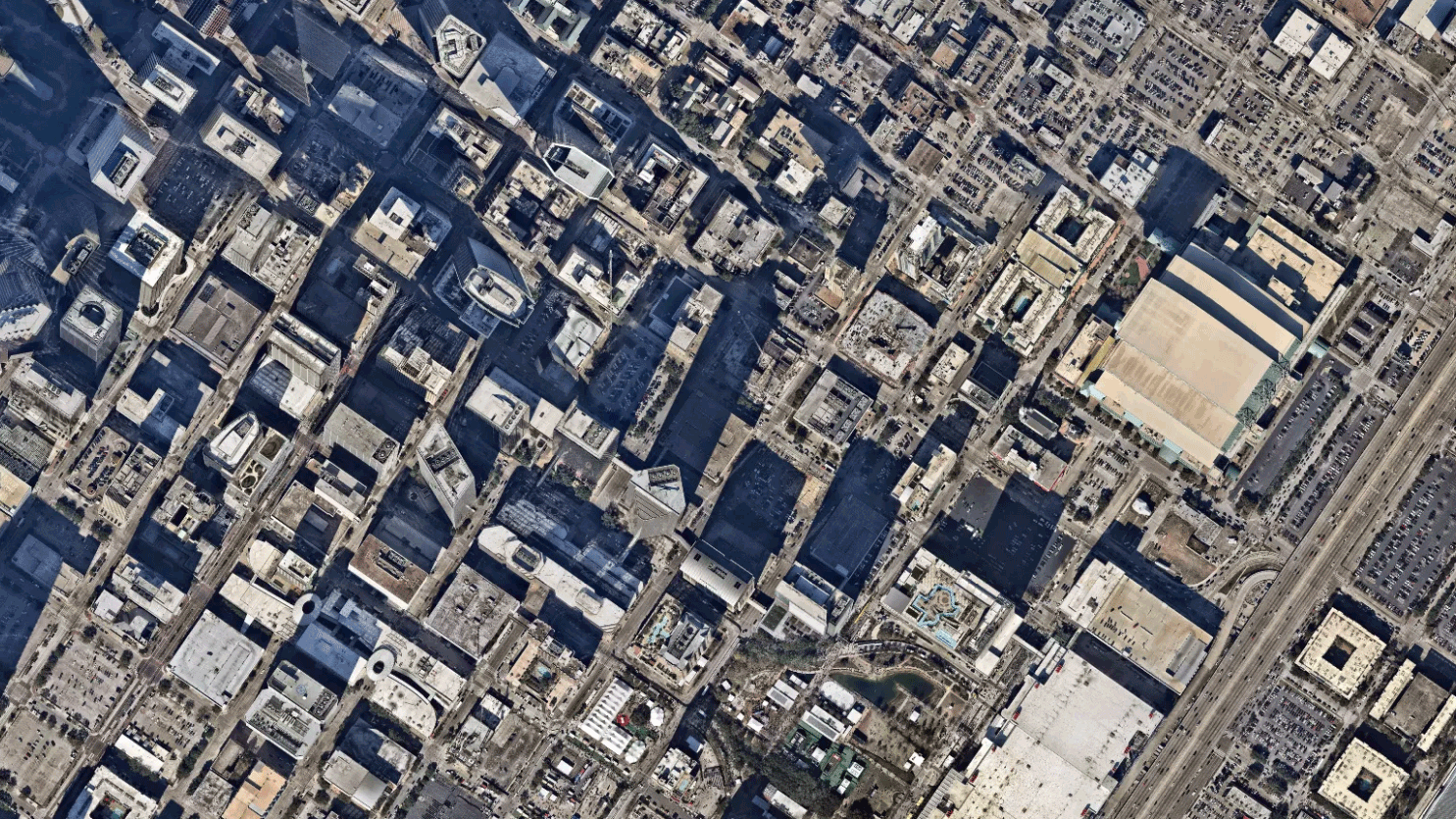When Your Transit Isn't Meant to be Transit
George Zhou is an urban enthusiast, Strong Towns member and resident of St. Louis, Missouri. Today he's sharing a guest article about a misguided transit project in his city.
After years of planning, delays, and cost overruns, a 2.2 mile streetcar will soon be debuting on the streets of St. Louis and adjacent suburb University City. The Delmar Loop Trolley, named after the entertainment and shopping district that part of its line runs through, cost $51 million.
St. Louis streets are now home to a new and fairly pointless trolley loop. (Source: George Zhou)
The Loop Trolley was built conspicuously close to St. Louis’ existing mass transit system, Metro. The area already has four light rail stations within a mile of the line the trolley runs on, as well as a dedicated bus line that runs on the same street. They all go to downtown St. Louis.
The trolley won’t even operate within the same system as Metro: the $2 two-hour fare and $5 all-day fare will need to be purchased separately from all Metro fares.
Many transit users in St. Louis use the trains and buses to commute to their jobs and get to places of interest in the city. But I cannot think of a reason why any of these users would be compelled to take the trolley over the existing transit system. Why would they pay an extra $2 to take the trolley if they can take a short walk to the train station or bus stop to board something that will take them much farther for the same price? Why would they sit through car traffic on a trolley that has a stop every few blocks if they can get to where they need on a train with its own right-of-way?
Why would the region invest in such an unnecessary transit project? Because it is not a transit investment at all.
Development and tourism have always been cited as reasons for building streetcar projects, but in St. Louis, they seem to be the reasons for building the Loop Trolley.
Along with the requisite on-street rail, overhead lines and maintenance facilities, the trolley came with a variety of pedestrian-friendly streetscape improvements that anyone hoping to build a strong town would welcome.
It also came with gigabit (download speeds 300 times faster than typical household download speeds) internet fiber underneath its tracks, replete with an option for businesses to pay for access to information on everyone using that internet. A promotional website boasts this “Data Rail” as “the first Gigabit Main Street”.
A page on the official Loop Trolley website explaining how the project was conceived and executed has not a word on how the trolley could serve as transit. A 2000 feasibility study, the page explains, suggested that “an electric trolley line was indeed feasible and even more efficient and effective than a system of buses disguised to look like trolleys.” It is clear that “effective” means having a higher ridership and attracting development, rather than being a meaningful form of transportation.
Trolley advocates maintain that the trolley will spread development east of the Delmar Loop station, where empty storefronts and vacant lots persist (In fairness, there are a fair number of businesses east of the station as well, such as a chop suey place, multiple lounges and salons, and a couple check-cashing joints. They just aren’t the cozy coffee shops and boutique shopping stores people who frequent the area west of the station are used to, though that’s another topic altogether.). Tourists visiting the Delmar Loop may be compelled to take it from where they are to the Missouri History Museum, enjoying the nostalgia of the heritage streetcar along the way.
These proposed benefits come at a cost, however. Of the project’s $51 million cost, $25 million was funded by a grant from the federal government, with the remaining $26 million coming from federal agencies, local tax incentives and St. Louis-area entities. Customers of businesses along the line will be on the hook for maintaining the trolley’s operations through a one percent sales tax.
Unlike Metrolink, a lot of which was built on existing decades-old rail and tunnel infrastructure, the Loop Trolley’s infrastructure was constructed completely from scratch, save the roads themselves.
Skepticism about the trolley is pervasive, and rightfully so. Businesses in the area have lost traffic during construction. The tracks on the street have made it nearly impossible for cyclists in the area to bike on Delmar Blvd, and consigned them to a disjointed route on adjacent streets. Limited clearance between where the trolley would run and cars would park jeopardizes on-street parking. People have been crying foul about the wastefulness of the project for years.
As other poorly leveraged transit investments in the region (like three car dealerships popping up near a Metro station) demonstrate, simply building light rail through an area will not improve its walkability or attract the kind of development urban planners might covet. The Delmar Loop is already an active and walkable area, full of pedestrian traffic every day of the week, showing every sign of a strong neighborhood. Years of incremental development brought it to where it is today. There was no trolley that brought it there.
Transit should first and foremost move people, not money. This project from the beginning and by every metric was designed to do the latter.
However, the tracks have been laid and the project is on the verge of completion. So while it arose under less than ideal conditions, residents can still take advantage of the stroad-narrowing and improved pedestrian infrastructure that came with the trolley tracks.
Perhaps eventually, the track would be extended eastward to connect to other established, populated parts of the city in a financially responsible manner. But not before these places have a need for transit intended as such.
(Top photo source: Gateway Streets)








Why don’t the small things get funding?